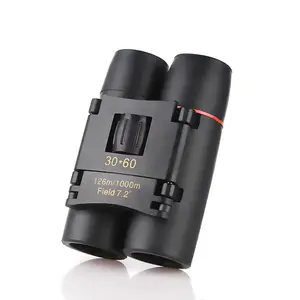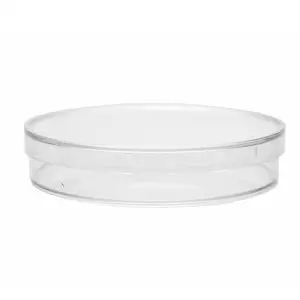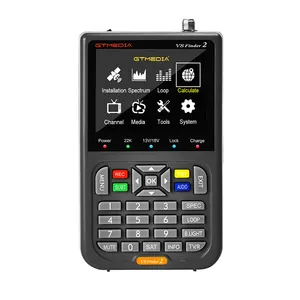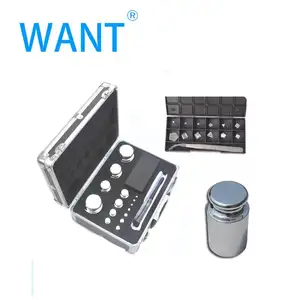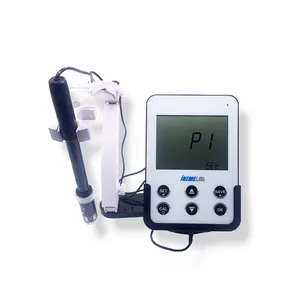Popular in your industry






























































Related Searches:























































































































About viscosity testing equipment for paint
Understanding Viscosity Testing Equipment for Paint
Viscosity measurement is a crucial aspect in the paint industry, ensuring consistency and quality of products. Viscosity testing equipment for paint is designed to assess the flow properties of coatings, essential for application performance and durability. This category encompasses a variety of instruments tailored to meet diverse testing protocols and standards.
Types of Viscosity Testing Instruments
Diverse types of viscosity measurement tools cater to different stages of paint production and application. From rotational viscometers, which are ideal for laboratory settings, to stormer viscometers, preferred for their portability in field conditions, each type serves a specific function. The selection also includes cone and plate viscometers, which are particularly suited for determining the shear rate-dependent viscosity of non-Newtonian paints.
Applications and Features
The application of viscosity testing equipment extends beyond mere quality control. It is integral in research and development, formulation adjustment, and regulatory compliance. Features of these instruments often include digital displays for precise readings, temperature control to assess viscosity under various conditions, and robust construction for longevity in industrial environments.
Materials and Advantages
Constructed from durable materials like stainless steel and specialized polymers, paint viscosity testing equipment is built to withstand the corrosive nature of various paint components. The advantages of using such equipment include improved product consistency, optimized drying times, and enhanced application properties, which are critical for both manufacturers and end-users.
Choosing the Right Equipment
Selecting the appropriate paint viscosity measurement device depends on several factors, including the type of paint, the stage of production, and the specific testing requirements. It is important to consider the device's compatibility with the paint's characteristics to ensure accurate and reliable measurements.
Integrating Complementary Testing Tools
For comprehensive quality assessment, integrating viscosity testing equipment with other testing tools, such as gloss meters and adhesion testers, can provide a more holistic view of a paint's performance. This approach allows for a thorough evaluation of the product, ensuring it meets the rigorous standards of the industry.
